
The Museum am Strom in her former place of work invites visitors to search for traces. I met Matthias Schmandt, the museum director and head of the city's cultural office, and spoke with him about the fascination and many facets of Hildegard von Bingen.
A museum with a view
The way to the Museum on the river leads me on the beautiful Cultural shore along. I look out over sunlit vineyards, the legendary Mäuseturm and the Bingen Loch, which marks the Rhine's entry into the UNESCO World Heritage Upper Middle Rhine Valley. The old power station from 1898 immediately catches my eye. Today it is a listed building and houses "everything Bingen is known for" on more than 1,000 square meters.
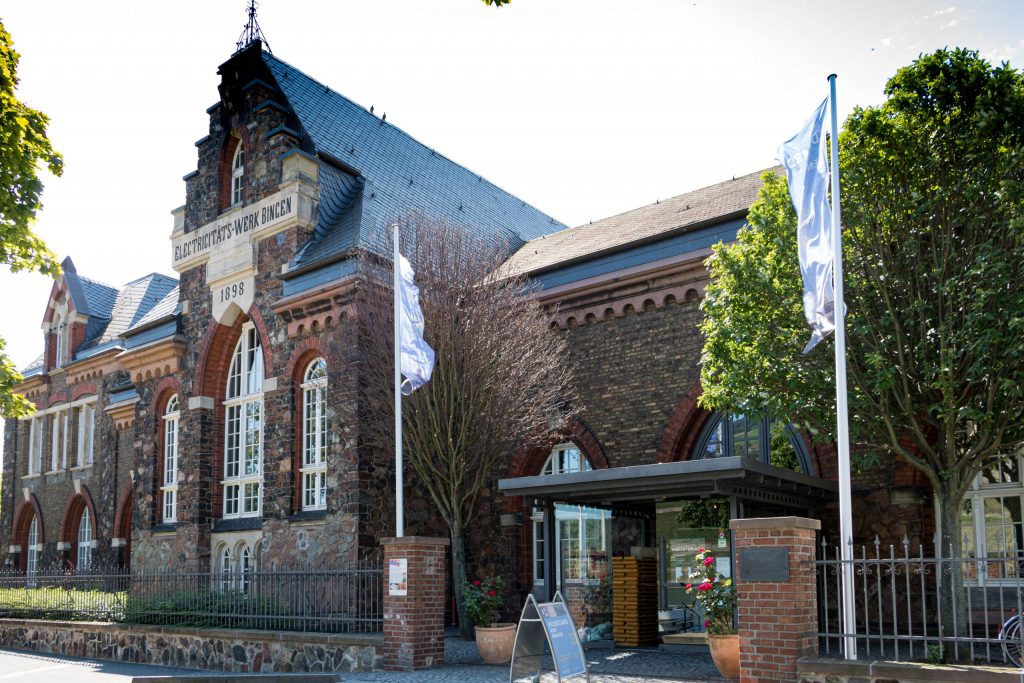
Matthias Schmandt considers himself lucky to have been able to call the industrial monument his workplace for 20 years: "I sit in the office on the second floor and look directly at the Rhine. Sometimes I have to pinch myself and say to myself: Hey, this is actually your workplace." Together with the museum director, I am going on a search for clues today, because I want to know who was the woman whose name is so closely associated with this city. Who was Hildegard of Bingen?
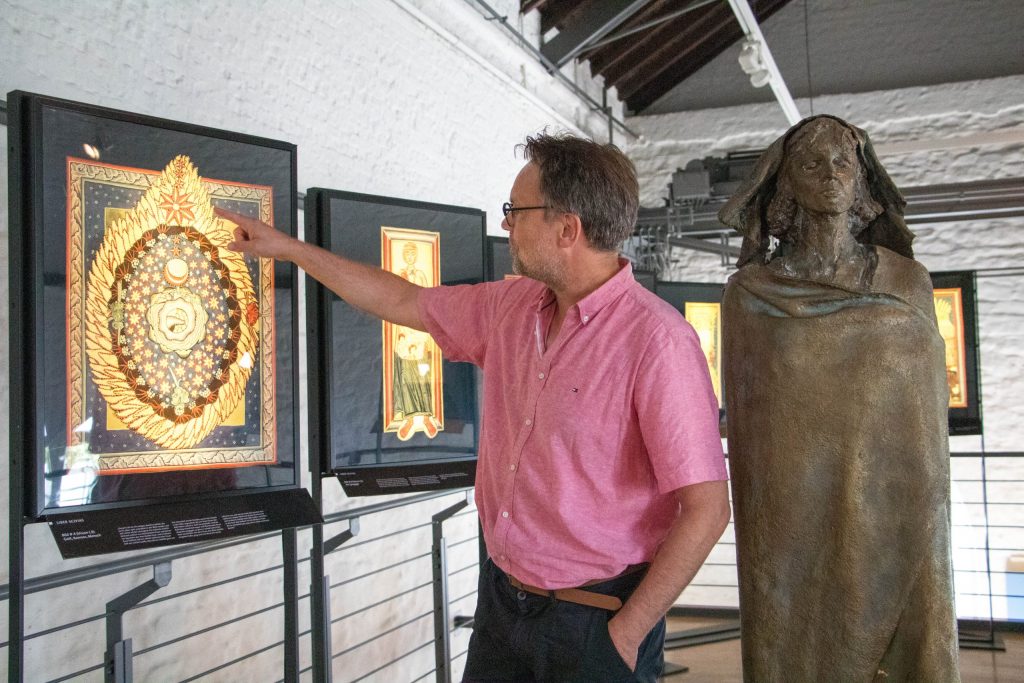
The life and work of Hildegard von Bingen
First of all, Matthias Schmandt has to disappoint me. It would be almost easier to answer who Hildegard von Bingen was not, because she was so many things: prophetess and counselor. Musician and painter. Manager and public relations woman. "All sorts of things can be combined under her name, and she was one of the most interesting women of the Middle Ages," explains the museum director. "That's why she's still so exciting to us today - more than 900 years after her birth."
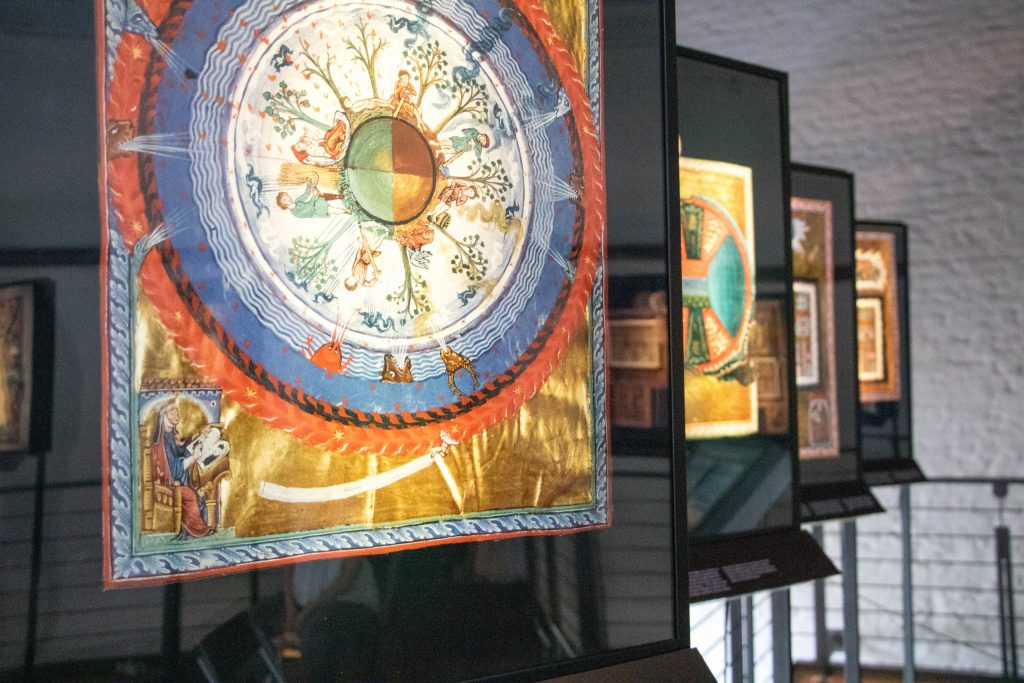
The large permanent exhibition around Hildegard von Bingen informs about her life and work. It tells how she was placed in the care of a monastery at a young age, where she became involved with religion, medicine, ethics and music at an early age. She conveys the spiritual and medical teachings of the educated Benedictine nun and explains how she thus became a valued advisor to influential personalities.
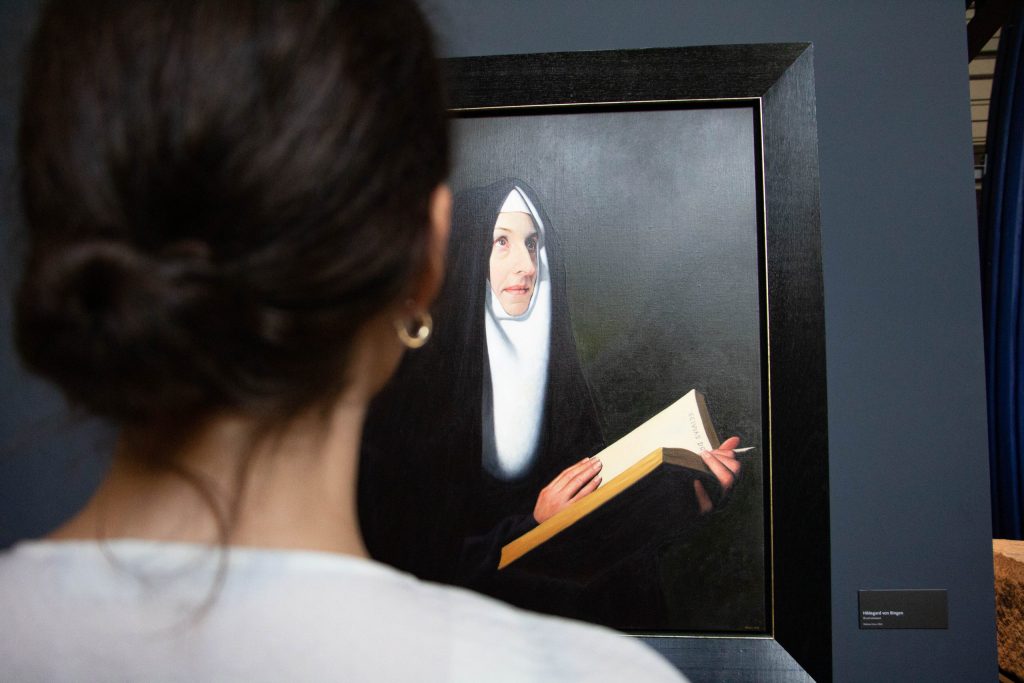
Real encounters and charming memories
It is important to Matthias Schmandt that genuine encounters between visitors and the polymath are created: "We try to organize these encounters in the most diverse ways, partly with original objects, books and valuable manuscripts, but also with many virtual reconstructions, and to offer the opportunity to immerse oneself in the world of Hildegard von Bingen." He shows me, for example, what the monastery on the Rupertsberg looked like, which Hildegard von Bingen founded here and which was destroyed in the 30-year war down to the Rupertsberg vaulted cellar was completely destroyed.
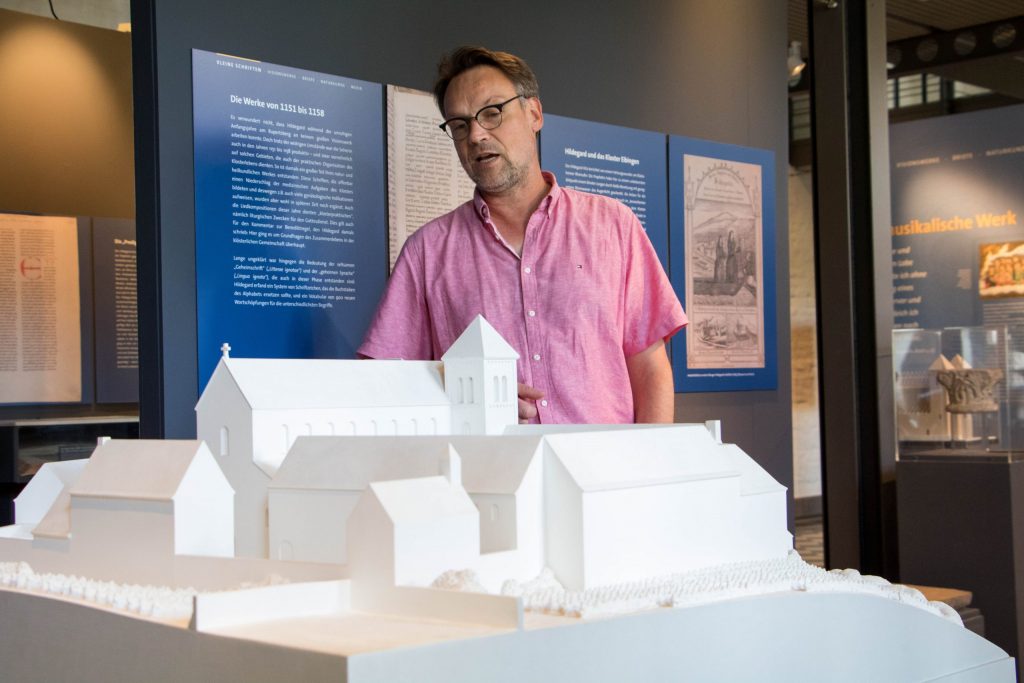
In this regard, the museum director can think of an experience that he remembers with particular fondness. A few years ago, a group of Swedish visitors found out that it was the Swedish troops who burned down the Hildegard Monastery in 1632. In the visitors' book they immortalized themselves with a beautiful drawing of the burning monastery and departing soldiers and commented underneath: Sorry for this! "I found that very original and charming," he laughs.
In the land of Hildegard
The teachings of Hildegard von Bingen have a worldwide appeal, which is why the Museum am Strom regularly welcomes international visitors, says Matthias Schmandt. Last year, people from 50 countries felt the "spirit of the original place." There are also numerous opportunities for this beyond the museum: "Bingen is, so to speak, the capital in the land of Hildegard, which is present here in the entire region between the Rhine and Nahe, between Hunsrück and Trier, and offers a variety of opportunities for encounters."
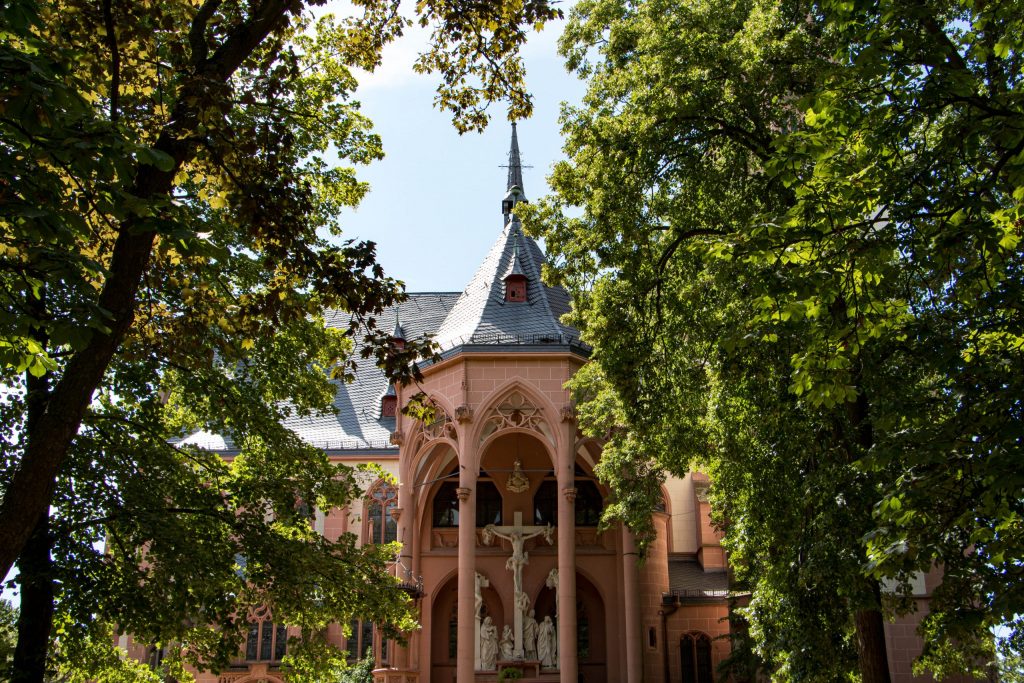
He recommends, in addition to the already mentioned Rupertsberger Gewölbekeller, a visit to the Hildegard Memorial Church in Bingerbrück and the beautifully located Rochus Chapel with the Hildegard altar. In addition, the 137 kilometer long Hildegard von Bingen Pilgrimage Trail the city with the ruins of the Disibodenberg Monastery, where the saint spent the first 40 years of her life, and with the Benedictine Abbey of St. Hildegard in Rüdesheim-Eibingen, which was founded as a successor to the Bingen monastery.
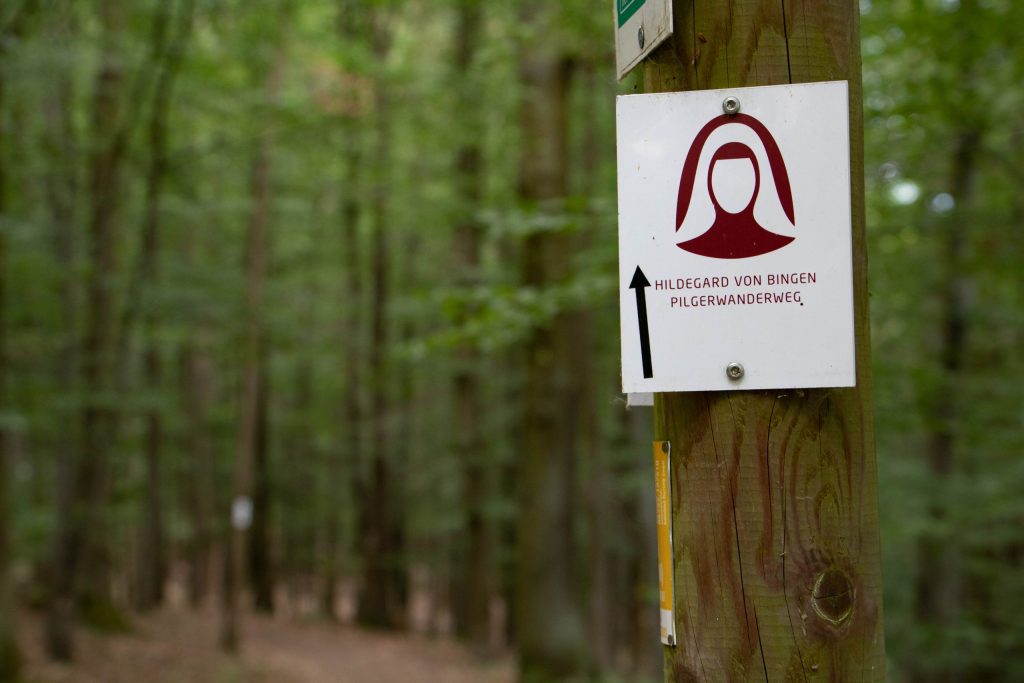
Surgery and naturopathy
In addition to the exhibition about Hildegard von Bingen, the museum offers an insight into the 2000-year history of the town with large sections on the on Roman times and Rhine Romanticism. Matthias Schmandt shows me his favorite exhibit, which dates back to a time far before the Middle Ages. The "Bingen Doctors' Cutlery" is the world's largest find of ancient medicine. On the basis of the 67 instruments from the 2nd century, it is possible to reconstruct the complete workshop of a highly specialized surgeon of Roman times, the director enthuses. "This can only be found here in Bingen and not even in Rome or elsewhere in the ancient world to see."
At the end of our conversation, we return once again to Hildegard von Bingen, step out onto the lively cultural shore and go to the neighboring museum garden. Since the most important plants from the famous natural history book of the scholar only dried up in the museum, one had rather created this "garden experience". Of course, with historical classification of the ideas about plant modes of action. We take a seat on one of the benches and observe insects flying diligently from blossom to blossom. Behind us, the Rhine flows as it did in Hildegard's time. I can well understand why Matthias Schmandt sometimes has to pinch himself even after 20 years!
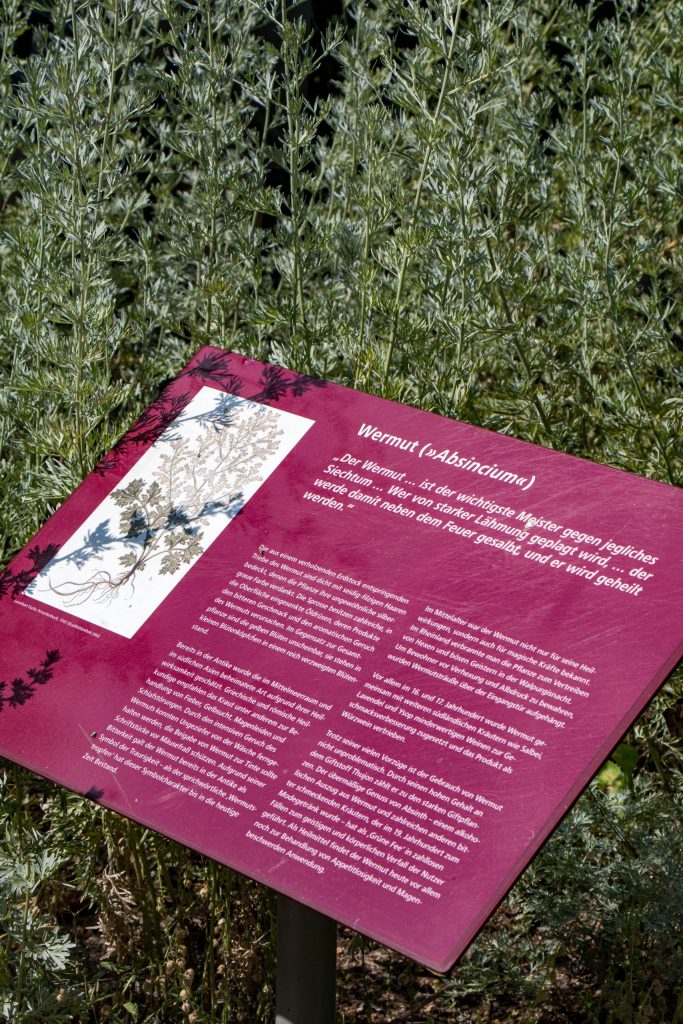
Your visit to the Historical Museum on the River
Current information on opening hours and visitor services, descriptions of the permanent and special exhibitions, as well as a variety of digital offerings related to the museum's various departments can be found on this page.


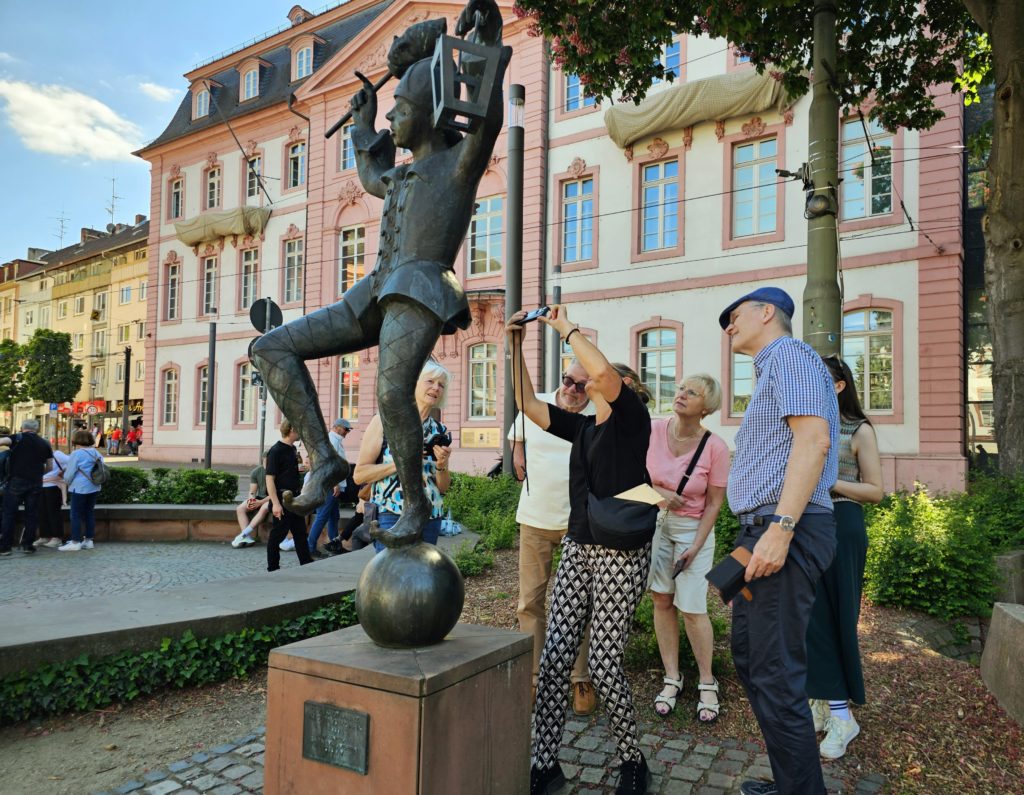
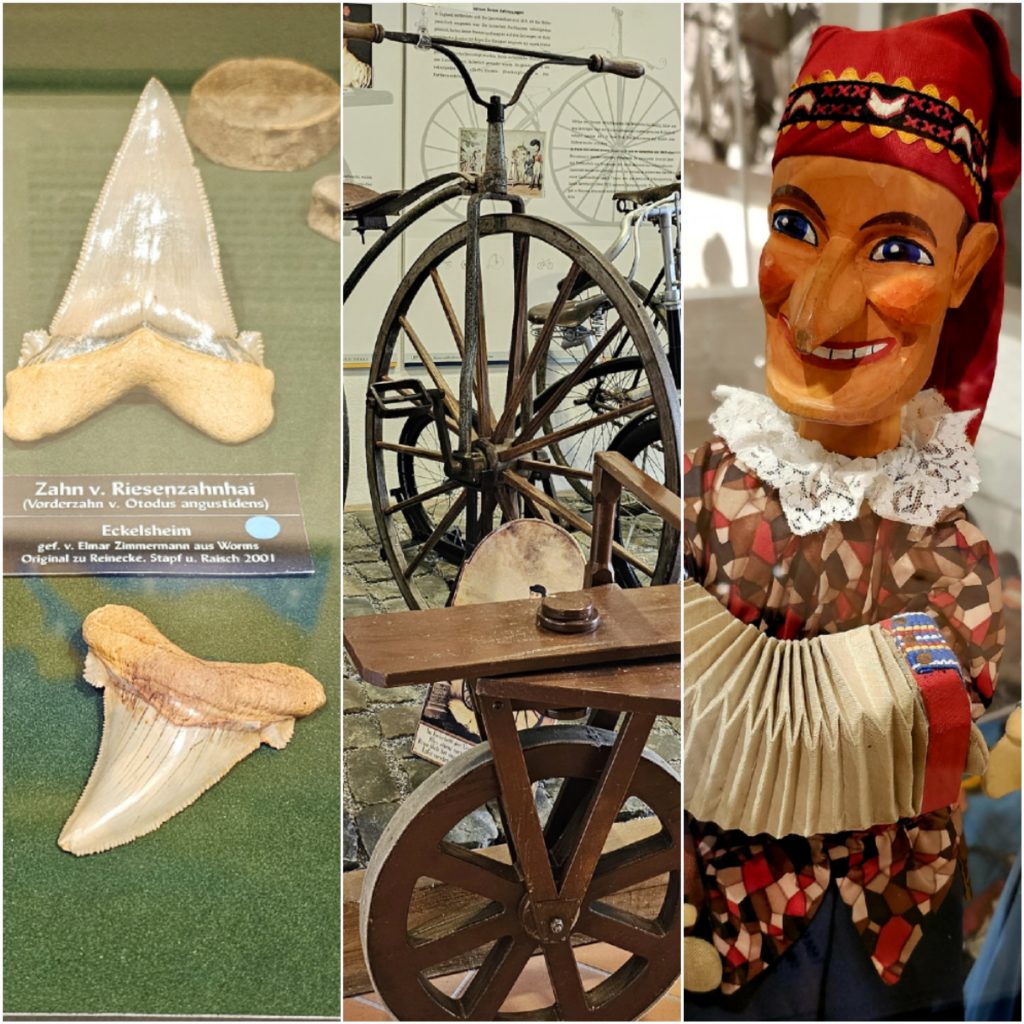
One Response
Very great article! Am really a fan of Hildegard become, the products are wonderful and that for many centuries. Very interesting to me is that she was probably also highly regarded by the church - so was in any case an admirable lady! If you think that so many years later is still so raved about her...